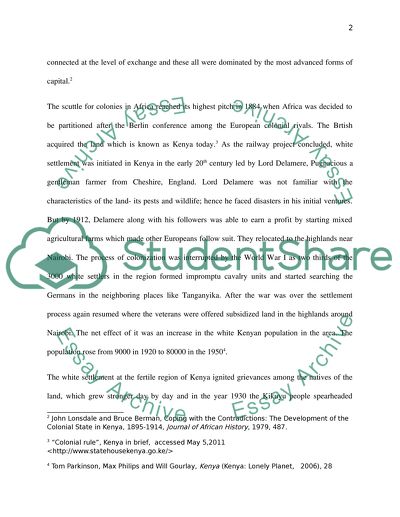Cite this document
(“Colonial Settlements in Kenya and Southern Rhodesia from 1900-1965 Thesis”, n.d.)
Retrieved from https://studentshare.org/finance-accounting/1420157-colonial-settlements-in-kenya-and-southern
Retrieved from https://studentshare.org/finance-accounting/1420157-colonial-settlements-in-kenya-and-southern
(Colonial Settlements in Kenya and Southern Rhodesia from 1900-1965 Thesis)
https://studentshare.org/finance-accounting/1420157-colonial-settlements-in-kenya-and-southern.
https://studentshare.org/finance-accounting/1420157-colonial-settlements-in-kenya-and-southern.
“Colonial Settlements in Kenya and Southern Rhodesia from 1900-1965 Thesis”, n.d. https://studentshare.org/finance-accounting/1420157-colonial-settlements-in-kenya-and-southern.


